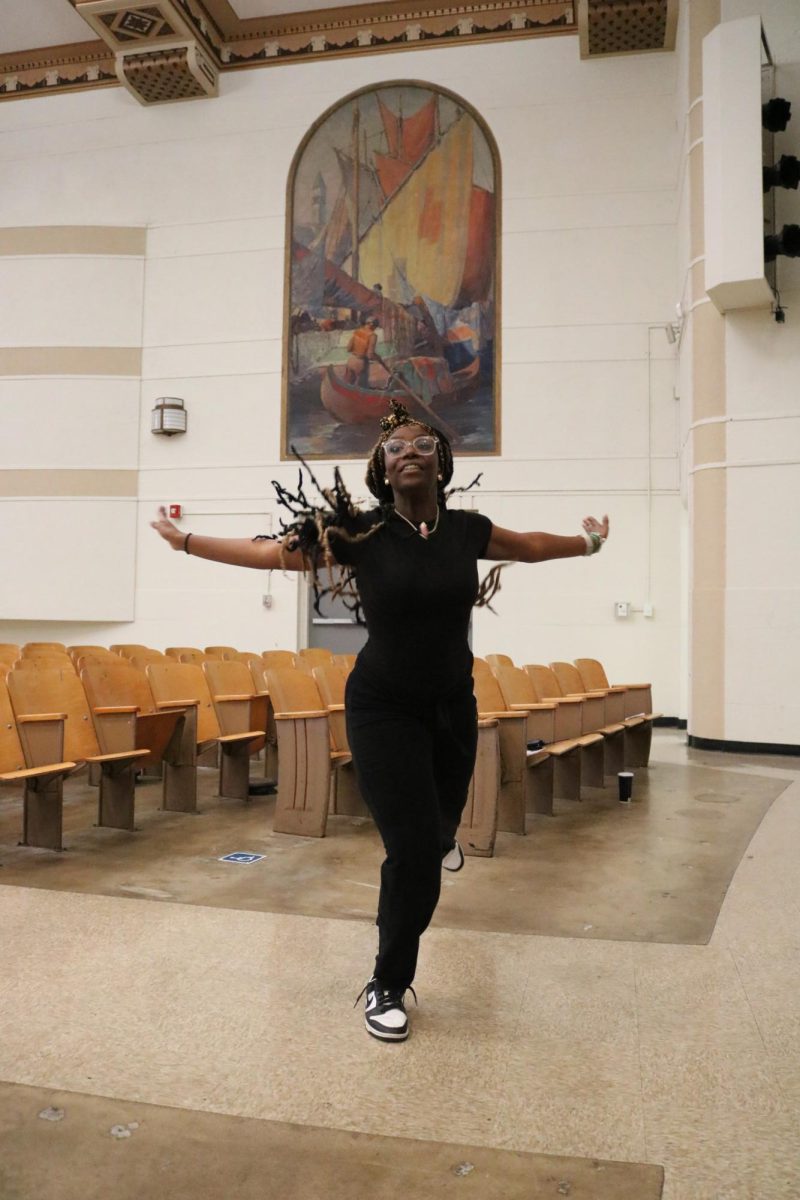Mariachi music, a vibrant and passionate art form, is more than just music; it’s a cultural tapestry woven with threads of history, tradition, and emotion.
Originating in the western Mexican state of Jalisco, mariachi has become a symbol of Mexican identity, celebrated worldwide for its distinctive instrumentation, soaring vocals, and captivating performances.
Surprisingly, you can find this rich tradition thriving within the walls of Venice High School. For many students at Venice High, mariachi is more than just an extracurricular activity; it’s a connection to their heritage, a source of pride, and a powerful form of self-expression.
These young musicians dedicate countless hours to mastering the intricate melodies and rhythms, learning the history and cultural significance of each song, and honoring their performance skills.
What makes Mariachi Music So Special?
The heart of mariachi lies in its unique instrumentation. Typically, a mariachi ensemble includes: Violins, Trumpets, Guitarron, Vihuela, Guitar, and Vocals.
Beyond the instruments, mariachi is characterized by its diverse repertoire, encompassing a wide range of musical styles, including sones, ranchers, huapangos, and boleros. Each style tells a story, expressing themes of love, loss of patriotism, and the everyday experiences of Mexican Life.
Venice High School Mariachi ensemble provides a nurturing environment for students to explore and develop their musical talents.
Mariachi offers Venice students the opportunity to Perform at school events and community gatherings: These performances provide valuable experience and allow students to share their passion for mariachi with a wider audience. Connect with their cultural heritage: For many students, mariachi is a way to connect with their Mexican roots and celebrate their cultural identity.
Junior Jeremy Rios is the leader of the mariachi ensemble at Venice High School. Rios shared his passion for this vibrant musical tradition, highlighting its unique sound, the sound, the strong sense of community it fosters, and the personal growths he’s experienced through it.
Interestingly, Rios doesn’t come from a family with a history in mariachi. His introduction to the music came from hearing it at parties and events, where he was drawn to its “deeper meaning” and positive energy. This initial spark ignited a passion that took the reins of the Venice High mariachi band.
For Rios, playing mariachi music is more than just hitting the right notes. He describes the joy and happiness he feels playing alongside his bandmates, the sense of accomplishment when they nail a familiar tune, and the positive atmosphere they create for themselves and their audience. He particularly enjoys performing “ Carino” by The Marias and the popular “Las mananitas” by Vicente Hernandez, a song commonly played at birthday celebrations.
Rios’ advice to anyone considering joining the mariachi band is simple, “Don’t be afraid of inexperience.”
He emphasizes the supportive environment of the band, where members help each other grow and improve. “There is a palace for everyone”, he says, encouraging potential members to join without fear.
He describes mariachi as amazing. He appreciates its rhythm, the perfect blend of vocals and instruments, and the deep emotional impact it has on him and those who listen.
For Rios, mariachi music is more than just a hobby; it’s a source of joy, community, and personal growth.
Mariachi music, with its vibrant sounds and rich history, holds a special place in the hearts of many. Junior Valentin Bautista and Freshman Temo Garcia Lopez, two young members of the mariachi band at Venice High, shared their personal connections to this captivating genre.
Their insights reveal mariachi’s power to connect individuals to their heritage, foster personal growth, and build community. Bautista expressed his passion for learning more about mariachi music and connecting his family to its tradition.
Lopez sees mariachi as a representation of his parent’s culture, tradition, and passion. While neither has direct family ties to mariachi, both have found profound meaning in playing music. For Lopez, mariachi symbolizes tradition, culture, and family, while for Valentin, it represents community and love.
Though, every journey has its challenges. Temo finds the rhythm and complexity of mariachi music demanding, while Valentino struggles with translating the songs.
However, these challenges are outweighed by the rewards of learning about Mexican culture and history through their music.
Temo describes mariachi music as “bright,” reflecting its cultural significance, while Valentin calls it “ colorful” due to its diverse sounds and instruments. Both believe that music is more than sound; it’s a powerful medium for expressing emotions.
They wish more people understood the complexity of mariachi music, particularly its harmonies and arpeggios, and dispelled the misconception that it’s simply “screaming indifferent octaves.”
Bautista and Lopez’ experiences highlight the transformative power of mariachi music. It’s more than just a genre; it’s a bridge to culture,family, and self-discovery, offering young musicians a unique opportunity to grow both musically and personally.
Their passion and dedication ensure that the vibrant tradition of mariachi music will continue to thrive for generations to come.




